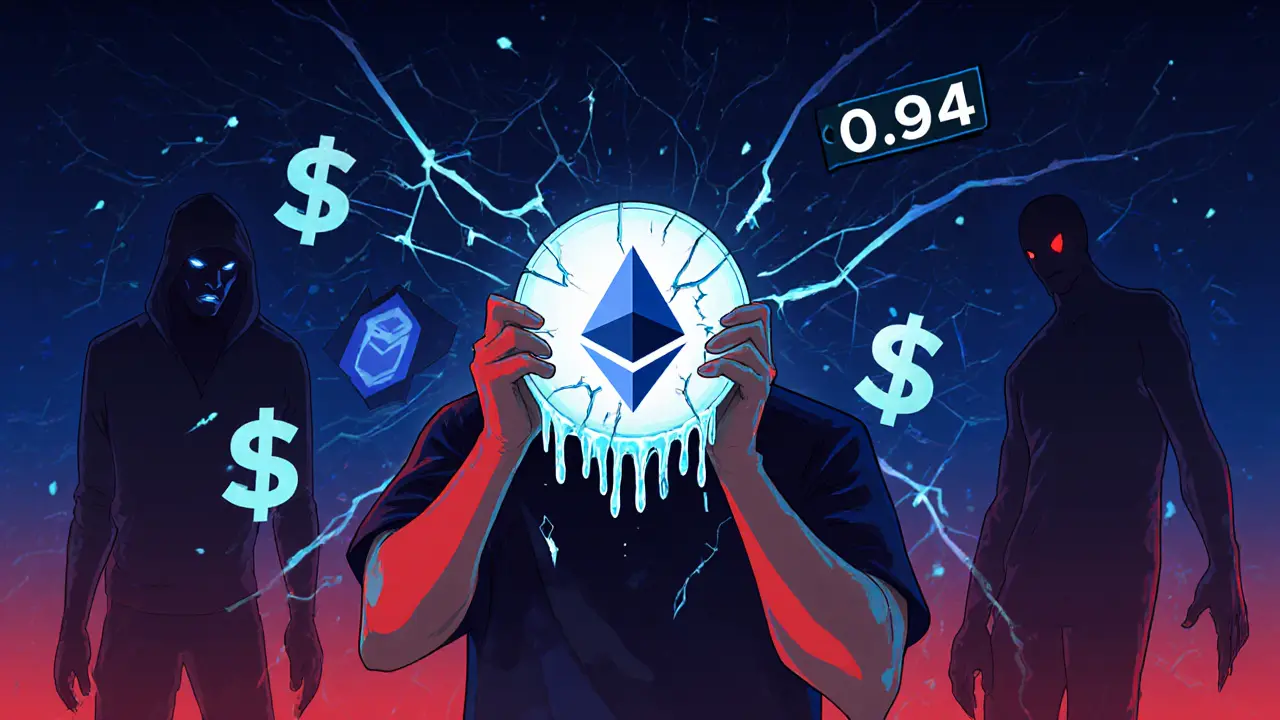Slashing Risk in Blockchain: What It Is and How It Affects Your Staked Crypto
When you stake crypto on a proof-of-stake blockchain, you’re helping secure the network—but you also take on slashing risk, a penalty mechanism that destroys part or all of your staked tokens if you or your validator breaks the rules. Also known as validator penalties, slashing is designed to keep the network honest by making bad behavior expensive. It’s not a theoretical threat—it’s real, automatic, and happens without warning. If a validator double-signs a block, goes offline too long, or tries to cheat, the protocol doesn’t just kick them out—it burns a portion of their stake, and if you delegated to them, you lose part of yours too.
This isn’t just about technical glitches. Slashing risk is tied to how you choose where to stake. Running your own validator node? You’re fully responsible. Using a centralized exchange? They handle the node, but you still get slashed if they mess up—and you have no control over their uptime or security. Even reputable staking services like Lido or Rocket Pool aren’t immune; they’ve had slashing events in the past. The key is understanding proof-of-stake, the consensus model that replaces mining with staking to validate transactions. Also known as PoS, it’s the backbone of Ethereum, Solana, and dozens of other chains. Without slashing, validators could act selfishly or sloppily. With it, the system enforces discipline—but that discipline cuts both ways.
Slashing risk isn’t the same as market volatility. You’re not losing money because the price dropped—you’re losing it because someone failed to follow the rules. That’s why monitoring your validator’s performance matters. Some platforms give you dashboards showing uptime, commission rates, and historical penalties. Others hide it all behind a simple ‘stake now’ button. The difference? One gives you control. The other gives you blind trust. And when slashing hits, trust doesn’t pay your bills.
Most users don’t realize slashing can happen even if they didn’t do anything wrong. It’s a chain reaction. One bad validator can drag down dozens of delegators. That’s why top staking services now use multi-signature setups, geographic redundancy, and automated failovers to reduce the chance. But if you’re staking on a small, unknown chain with no audit history? You’re gambling. And in 2025, over $1.2 billion in staked assets were slashed across major networks—not from hacks, but from preventable errors.
Slashing risk is part of the cost of earning yield. It’s not a bug—it’s a feature. But that doesn’t mean you have to accept it blindly. Know who you’re delegating to. Check their track record. Look for services that offer insurance or compensation for slashing events. And if you’re new, start small. Test the waters before locking up your life savings.
Below, you’ll find real-world examples of how slashing has hit users, which platforms handle it best, and what you can do to protect your stake. These aren’t theoretical guides—they’re lessons from actual losses and smart fixes.





